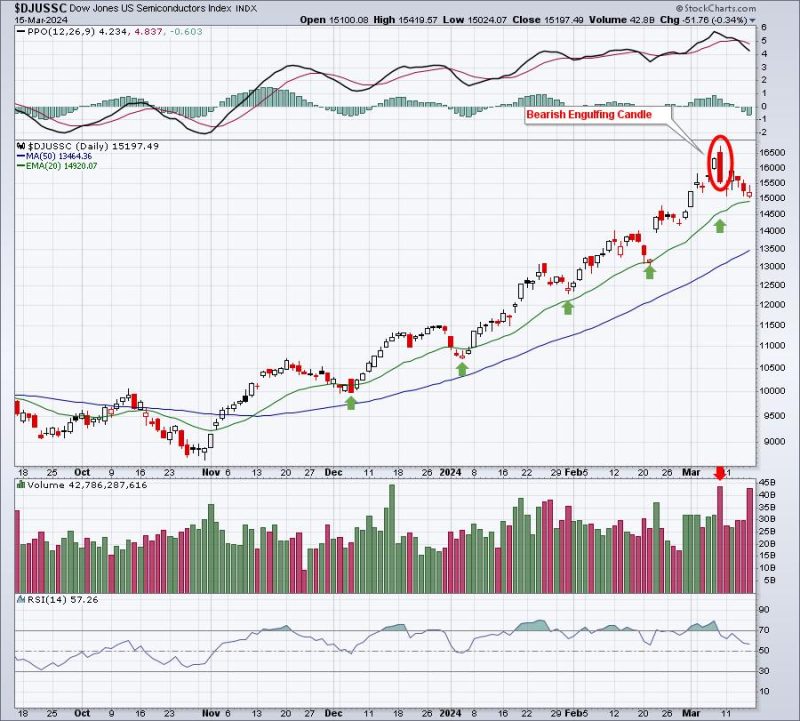In the realm of financial markets, the term bull market holds weight as a symbol of optimism and growth. Investors, traders, and analysts monitor the ebbs and flows of this market trend, seeking opportunities to capitalize on rising asset values and economic prosperity. As the current bull market continues to expand, it is worthwhile to delve into the reasons behind its longevity and potential outcomes.
Historically, bull markets have been associated with periods of economic growth, increased consumer confidence, and low unemployment rates. These favorable conditions create a positive environment for businesses to thrive, leading to higher corporate profits and stock prices. The expansion of the bull market often reflects the resilience of the economy in overcoming challenges and uncertainties, as seen in recent years with the global pandemic and geopolitical tensions.
One of the key drivers behind the expansion of the current bull market is the unprecedented stimulus measures implemented by governments and central banks worldwide. In response to the economic impact of the pandemic, authorities have rolled out massive stimulus packages to support individuals, businesses, and financial markets. These stimulus efforts have injected liquidity into the system, bolstered investor sentiment, and fueled a surge in asset prices across various sectors.
Technological advancements and innovation have also played a crucial role in driving the expansion of the bull market. Disruptive technologies such as artificial intelligence, blockchain, and clean energy have reshaped industries, creating new opportunities for growth and investment. Companies at the forefront of innovation have reaped the benefits of these advancements, attracting capital inflows and driving up their market valuations.
Furthermore, the evolution of online trading platforms and the democratization of financial markets have enabled more individuals to participate in the bull market. Retail investors armed with access to real-time market data, educational resources, and commission-free trading have joined the ranks of institutional investors, contributing to increased market activity and liquidity. The retail revolution has reshaped market dynamics and introduced a new wave of market participants with diversified investment strategies and risk appetites.
Despite the positive momentum in the bull market, risks and challenges remain on the horizon. Concerns over inflation, interest rate hikes, geopolitical tensions, and regulatory changes could potentially dampen market sentiment and trigger corrections in asset prices. Balancing optimism with caution, investors are advised to maintain a diversified portfolio, conduct thorough research, and stay informed about market developments to navigate potential market fluctuations.
In conclusion, the expansion of the current bull market reflects a confluence of factors driving economic growth, technological innovation, and market participation. As investors navigate the complexities of the financial markets, staying informed, adaptive, and disciplined are essential attributes to capitalize on opportunities and navigate potential risks. The longevity of the bull market hinges on the resilience of the economy, the effectiveness of policy responses, and the ability of market participants to anticipate and adapt to changing market conditions.

